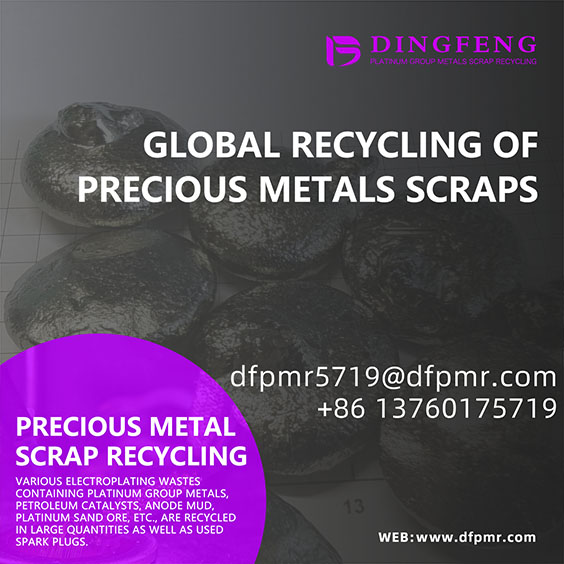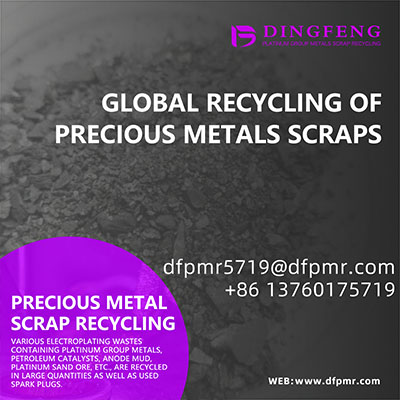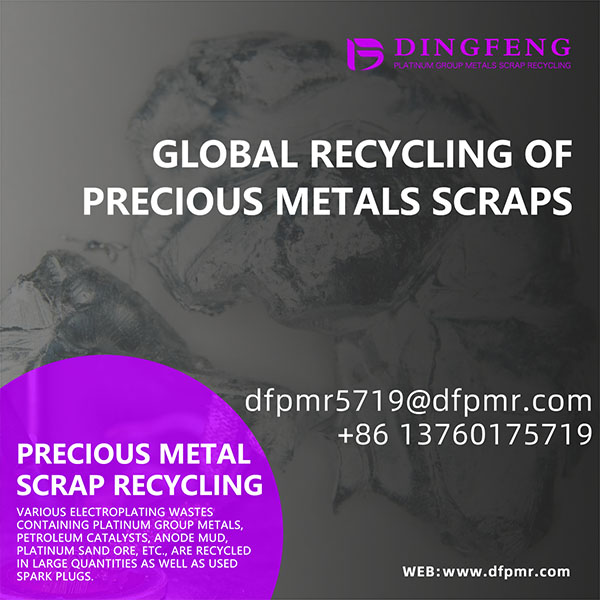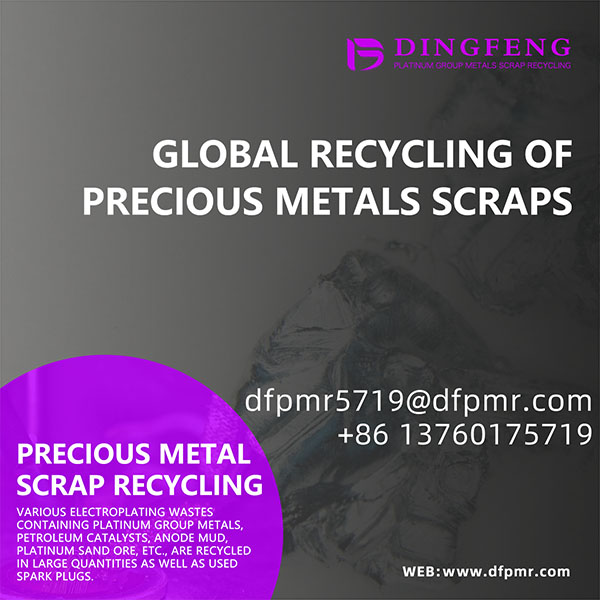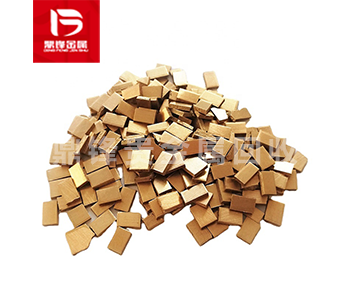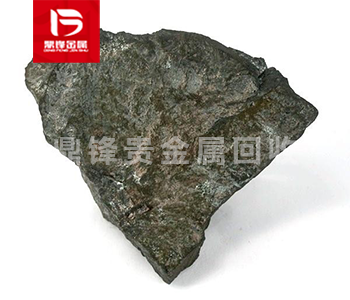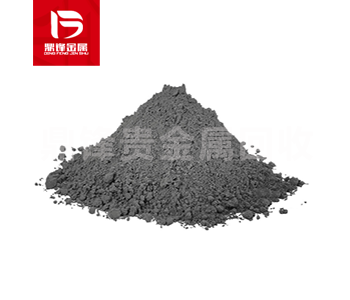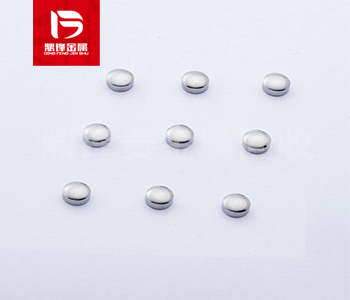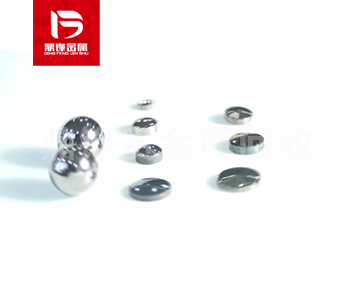Germanium recovery_ Brief Introduction to the Main Uses of Metal Germanium Ingots
Introduction to germanium ingots:Germanium ingot is a metal material used for manufacturing electronic components, such as transistors and semiconductor devices. They are composed of germanium, an ele
Introduction to germanium ingots:
Germanium ingot is a metal material used for manufacturing electronic components, such as transistors and semiconductor devices. They are composed of germanium, an element with unique physical and chemical properties that makes it highly attractive in electronic products. Germanium occurs naturally in many minerals, but is most often produced by Chemical process. The development of modern electronic technology cannot be separated from the consumption of germanium ingots, and the production of these ingots has become increasingly important for the semiconductor industry.
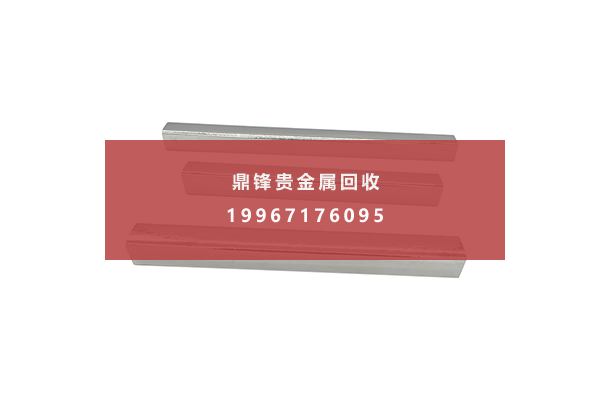
The main uses of germanium ingots:
1. The advantage of germanium ingots is that they can withstand extreme temperatures and pressures. This makes them very suitable for producing computer chips that must be able to withstand high temperatures. The melting point of germanium is about 1020 ℃, making it suitable for the manufacturing of transistors and other devices. Germanium ingots also have excellent conductivity and thermal conductivity, making them an ideal choice for heat sinks and other thermal sensitive components.
2. In addition to its thermal and electrical properties, germanium ingots also have corrosion resistance and oxidation resistance. This makes them very suitable for the production of semiconductor devices, as they can withstand long-term exposure to corrosive chemicals and gases. Germanium ingots also have high resistance to damage and strain, making them an ideal choice for fine ingredients.
3. Germanium ingots can form various shapes and sizes, allowing manufacturers to customize their products according to the specific requirements of their applications. For example, germanium ingots can be cast into molds and then processed into complex shapes and sizes to create transistors and other circuit components. This process is used to produce discrete components such as transistors, diodes, resistors, and capacitors.
4. Germanium ingots are also used in the production of photovoltaic cells. These cells are used for solar panels, and germanium ingots are used to manufacture thin film layers that make up the cells. This process is called "doping" and is used to improve the efficiency of batteries by allowing electrons to move more freely.
5. Germanium ingots are also used in the development of optical fibers. These fibers are formed by pulling molten germanium through small holes in the metal plate. Then, the obtained optical fiber is cooled and cut into the required length, and then used for the production of cables.
Germanium ingots are important materials for manufacturing electronic components, and their use is indispensable for the development of modern electronics. They have excellent thermal and electrical properties, as well as high corrosion and oxidation resistance. In addition, germanium ingots can form various shapes and sizes, allowing customization according to the specific needs of the application. Finally, germanium ingots are used in the production of photovoltaic cells and optical fibers, making them important materials for developing new technologies.
&Quot; Dingfeng Precious Metals Recycling includes precious metals such as gold, silver, palladium, rhodium, platinum, germanium, iridium, ruthenium, etc. This is our business in precious metal recycling. If you have precious metals such as gold, silver, palladium, rhodium, platinum, germanium, iridium, ruthenium that need to be recycled, please contact us and we will provide you with a satisfactory price& Quot;



